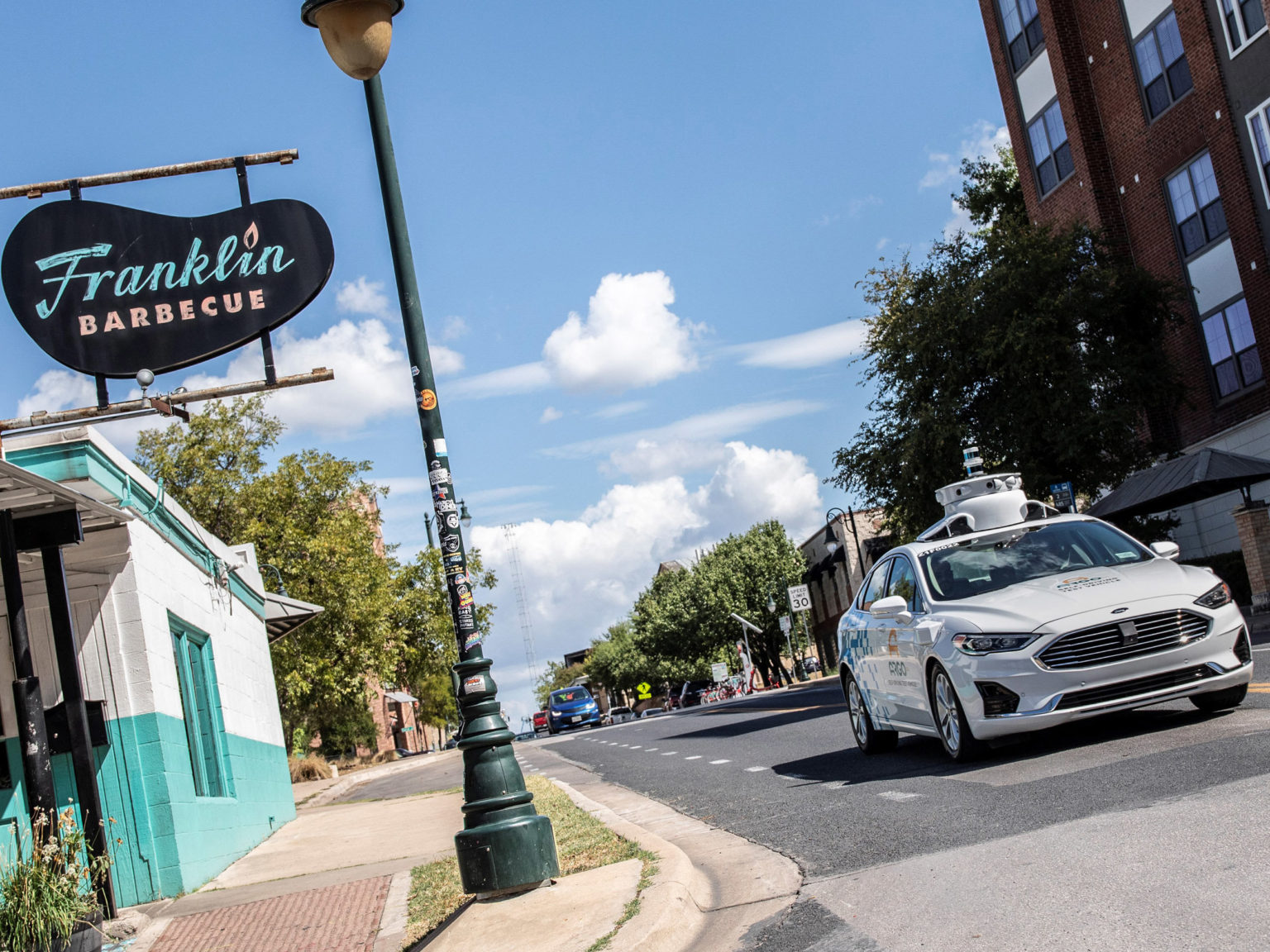Ford Motor Company approached the end of 2019 with a sense of optimism for the future. They had just unveiled the 2021 Ford Mustang Mach-E and the hotly-anticipated debuts of the new Ford Bronco, Bronco Sport, and redesigned F-150 were on the immediate horizon.
Between then and now, the COVID-19 pandemic took hold and Ford Motor Company switched CEOs. All the while, the automaker has been testing autonomous vehicle technology in Austin, Texas.
The company has made strides in the last year, which Kathleen Baireuther, Austin Market Manager, Ford Autonomous recently detailed the progress of the company in a blog post on Medium.
Ford expanded its self-driving vehicle operations to Austin lat year.
Photo courtesy of Ford Motor Company
Ford has opened an autonomous vehicle terminal in East Austin and created a command near Austin-Bergstrom International Airport, in close proximity to where Tesla recently began constructing the plant that will produce its Cybertruck. The terminal serves as a base for the self-driving test fleet.
Baireuther sees the proper maintenance of the fleet as a part of creating a service that people value, from the use of the models to the deep cleaning and maintenance. When the service is used, the fleet grows closer to making a profit. She shared, “We recently completed the first phase of a fleet operations pilot in Austin that will be utilized for our business in Austin and Ford’s broader strategy.”
The command center will serve as the “epicenter” of Ford’s self-driving business and daily operations. It will house local customer relations, business development, research, safety evaluations and testing operations.
The company continues to be focused on safety. While stories of owners continually trusting their hands-on Tesla AutoPilot technology to drive their vehicles hands-free, Ford and other companies are cognizant of ensuring their test vehicles work within a set of limitations to ensure safety for passengers and those inhabiting the space surrounding the vehicle.
Part of keeping everyone safe is helping vehicles and their operators understand the parameters for use. This includes the landscape. Ford has partnered with Argo to create 3D maps of the streets where the vehicles are used including detailed information about lane geometry, sidewalk locations, bike lanes, traffic signals, street signs, speed limits and static landmarks.
These maps are updated when construction or foliage changes. In Austin, a city that is rapidly expanding and changing, these changes are frequent.
Following the mapping process, the Argo team began operating the vehicles on public roads in autonomous modes. This means confronting the construction changes but also the daily scenarios that conflict with autonomous operation. For instance, Austin has more scooter activity than Ford has encountered in its other test cities – Washington D.C. and Miami, Florida. There’s also a good amount of pedestrians and cyclists.
Ford is committed to continuing its self-driving vehicle testing in various areas of the city including East Austin, South Congress, and downtown, including the University of Texas.









